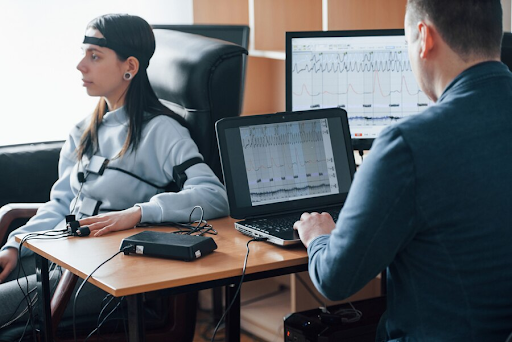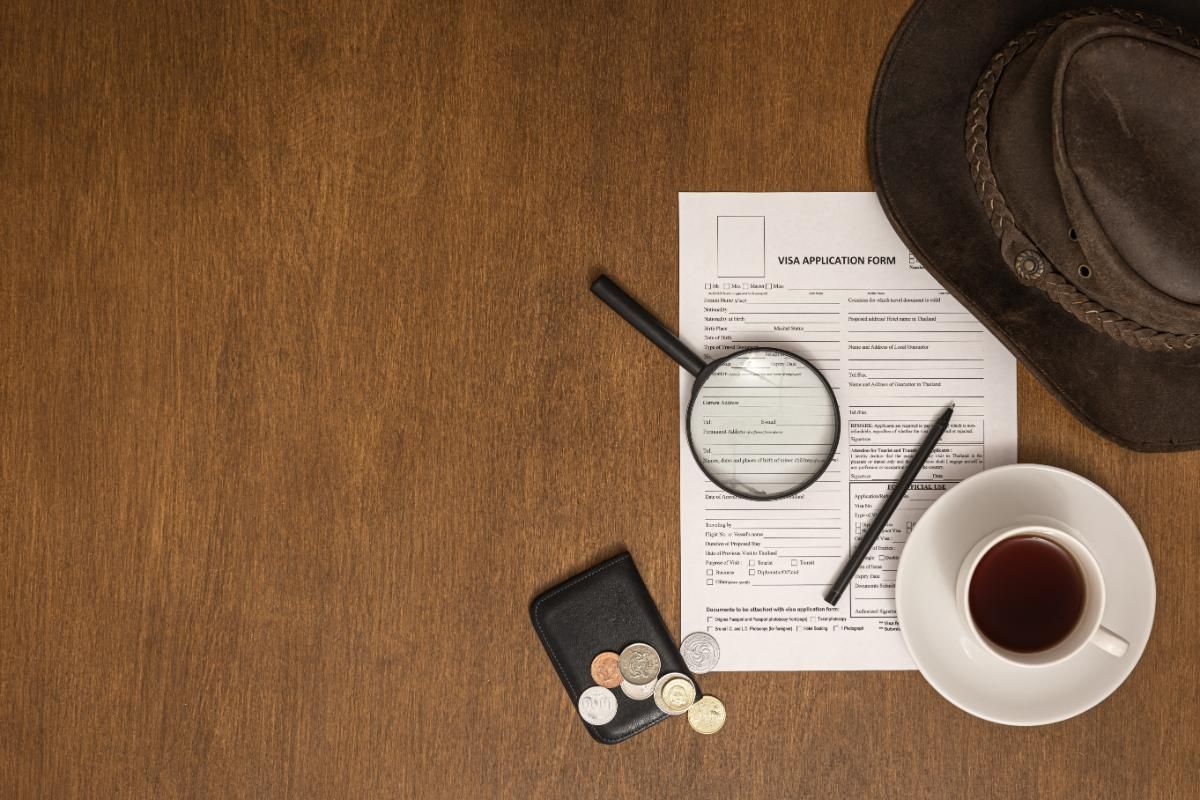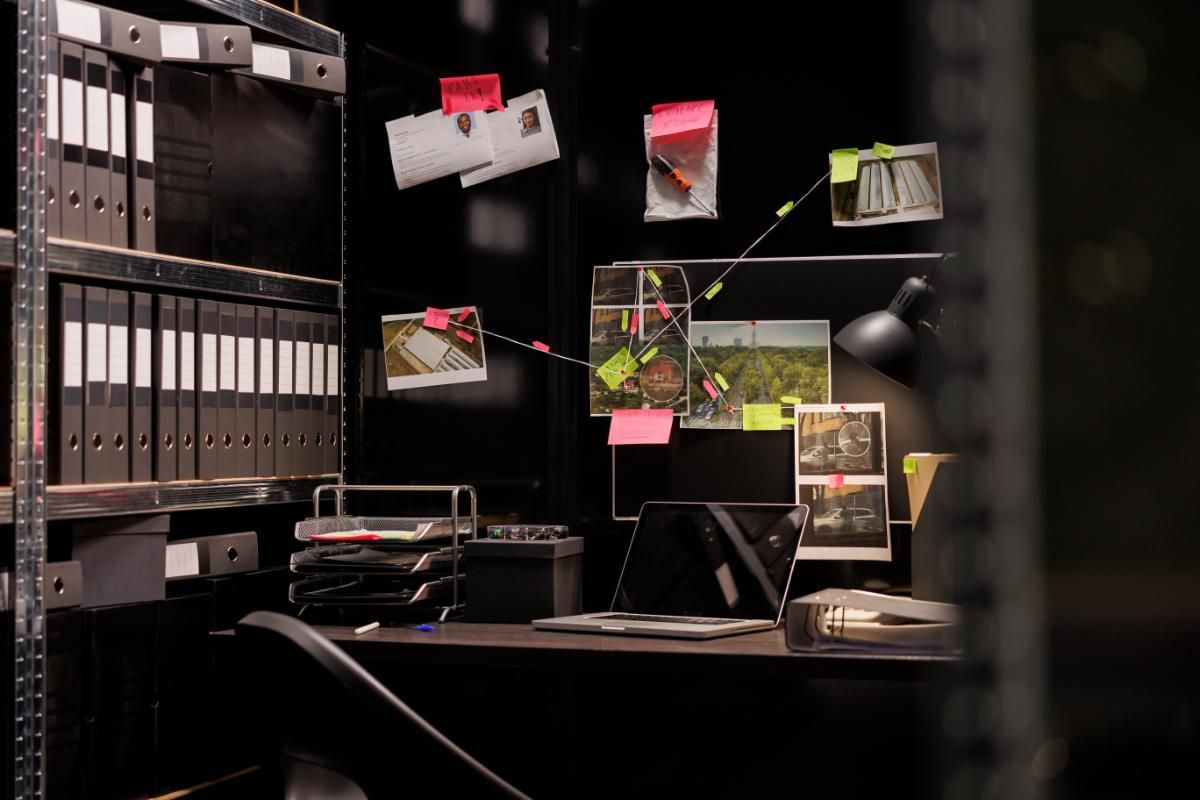Can You Beat a Polygraph Lie Detector Test? Myths vs. Reality
Polygraph lie detector machines are widely used in various settings, including criminal investigations, security clearances, and employment screenings. Despite their widespread use, there is an ongoing debate about their accuracy and reliability. This article delves into how these machines work, their effectiveness, and whether they can truly detect lies.
Understanding Polygraph Lie Detector Machines
What is a Polygraph Lie Detector Machine?
A
polygraph lie detector machine is a device designed to detect lies by measuring physiological responses such as heart rate, respiration, and skin conductivity. These machines have been used for decades in different contexts, from law enforcement to corporate security.
How Does a Polygraph Work?
Polygraphs operate on the principle that physiological responses change when a person is lying. During a polygraph test, the subject is connected to sensors that monitor various physiological indicators, including
heart rate, blood pressure, respiration, and skin conductivity. The machine records these responses as the subject answers a series of questions. The polygraph examiner then interprets these responses to determine whether the subject is being truthful.
The Science Behind Polygraph Testing
Measuring Physiological Responses
Polygraph machines are designed to detect
physiological changes
that may indicate stress or deception. For instance, a sudden increase in heart rate or changes in skin conductivity could suggest that the subject is lying. However, these physiological indicators are not foolproof, as they can also be triggered by anxiety, fear, or other emotions.
The Role of the Examiner
The examiner plays a crucial role in the polygraph test. Their job is to ask carefully formulated questions and interpret the physiological data recorded by the machine. The examiner's experience and skill are vital in ensuring the accuracy of the test. They must consider the context of the subject's responses and any potential external factors that might influence the results.
Interpreting Polygraph Results
Interpreting polygraph results involves analyzing the recorded data to identify patterns that suggest deception. This process can be complex, as the results are not always clear-cut. Examiners use various
scoring methods to assess the likelihood that the subject is lying, but these methods are not always consistent, leading to potential inaccuracies.
Evaluating the Accuracy of Polygraph Lie Detector Machines
Studies on Polygraph Accuracy
Research on the accuracy of polygraph machines has produced mixed results. Some studies suggest that polygraphs can be relatively accurate, with success rates of around 70-90%. However, other research points to significant limitations, particularly in detecting lies consistently across different individuals and situations.
Factors Affecting Accuracy
Several factors can influence the accuracy of a polygraph test. These include the subject's emotional state, the skill of the examiner, the quality of the equipment, and the specific circumstances of the test.
Stress, anxiety, and even certain medical conditions can cause physiological changes that may be misinterpreted as signs of deception.
False Positives and False Negatives
One of the most significant challenges with polygraph
testing
is the risk of false positives and false negatives. A
false positive occurs when the test incorrectly indicates that a truthful person is lying, while a
false negative occurs when a deceptive person is judged to be truthful. These errors can have serious consequences, particularly in legal or
employment
settings.
Practical Applications and Limitations
Use in Criminal Investigations
Polygraphs are often used in criminal investigations to assess the credibility of suspects or witnesses. However, their use is controversial, as the results are not always reliable enough to be considered conclusive evidence. In many jurisdictions, polygraph results are not admissible in court due to concerns about their accuracy.
Use in Employment Screenings
In the corporate world, polygraphs are sometimes used as part of
pre-employment screenings or for
security
clearances. Employers may use them to verify the honesty of potential employees, especially in roles that require a high level of trust. However, the effectiveness of polygraphs in this context is also debated, with some arguing that the risks of false results outweigh the potential benefits.
Ethical and Legal Considerations
The use of polygraph tests raises several ethical and legal issues. There are concerns about the potential for abuse, particularly if individuals are coerced into taking the test or if the results are used to make significant decisions without proper consideration of their limitations. Additionally, there are questions about the
admissibility of polygraph results in court, with many legal systems opting to exclude them due to their questionable reliability.
Conclusion
Polygraph lie detector machines are complex tools that can offer insights into whether someone is being truthful. However, their accuracy and reliability are far from guaranteed. While they can be a useful tool in certain situations, it's essential to understand their limitations and consider them as part of a broader investigative process. If you're considering using a polygraph test, whether in a legal, employment, or personal context, be sure to weigh the potential benefits against the risks of inaccurate results.
FAQs About Polygraph Lie Detector Machines
How accurate are polygraph lie detector machines?
Polygraph machines can be accurate in some cases, but their overall reliability is still a subject of debate, with accuracy rates ranging from 70-90% in various studies.
Can a polygraph test really tell if someone is lying?
Polygraph tests measure physiological responses that can indicate deception, but these responses can also be triggered by other factors, making it difficult to determine with certainty whether someone is lying.
What factors affect the accuracy of a polygraph test?
Factors such as the subject's emotional state, the examiner's skill, and the specific circumstances of the test can all influence the accuracy of a polygraph test.
Are polygraph results admissible in court?
In many jurisdictions, polygraph results are not admissible in court due to concerns about their accuracy and reliability.
What are the common uses of polygraph tests?
Polygraph tests are commonly used in criminal investigations, pre-employment screenings, and security clearances.



